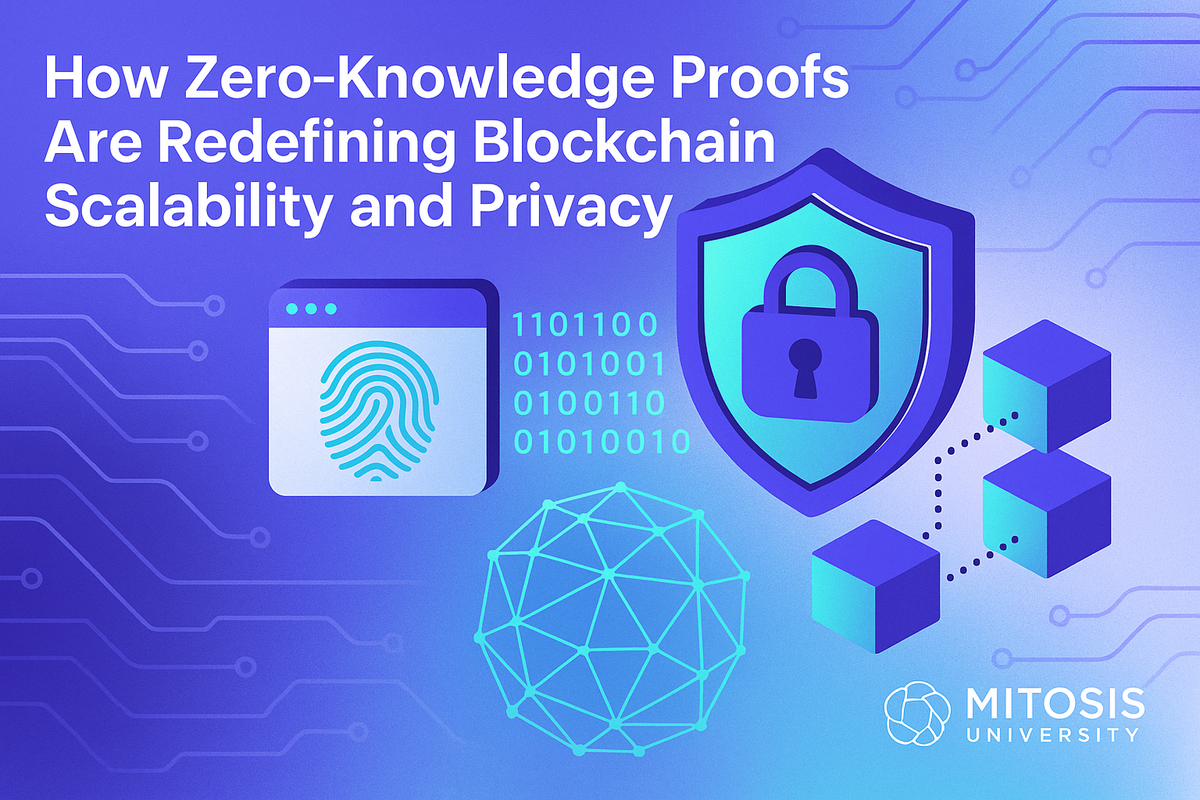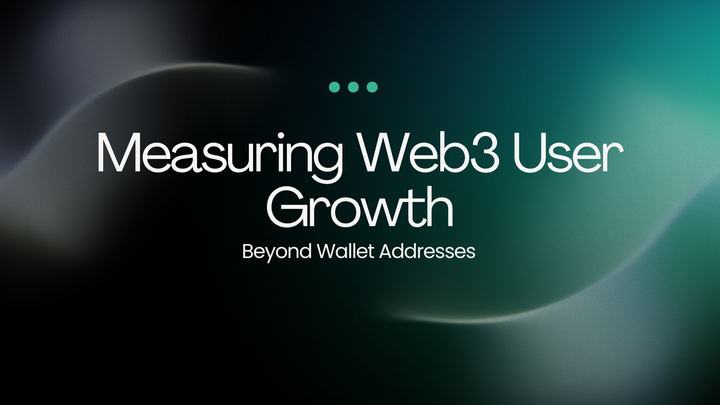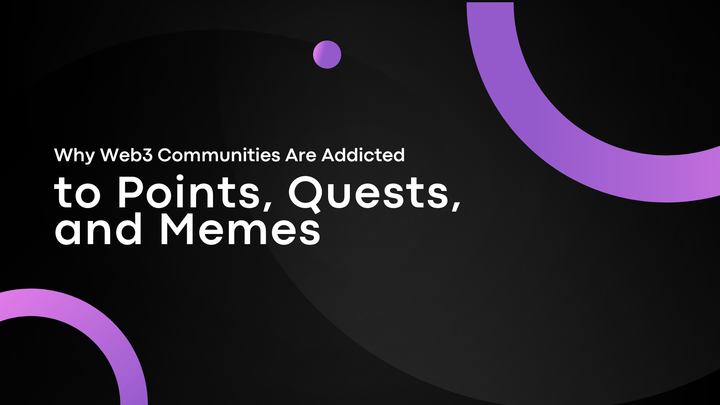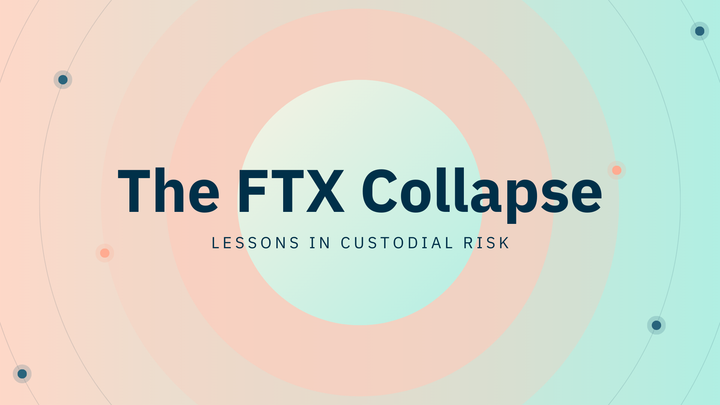How Zero-Knowledge Proofs Are Redefining Blockchain Scalability and Privacy

As blockchain adoption accelerates, the need for scalable, secure, and private infrastructure becomes increasingly urgent. Layer 2 solutions like rollups have emerged to meet this demand, but not all rollups are created equal. Zero-Knowledge Proofs (ZKPs) are rapidly setting themselves apart from their optimistic counterparts by offering stronger security guarantees and instant transaction finality—all without sacrificing privacy.
This article explores how ZK-rollups differ from Optimistic rollups, highlights the leading ZK projects reshaping the Layer 2 ecosystem, and uncovers how ZK technology is unlocking game-changing innovations in DeFi and GameFi. Whether you're a developer, investor, or crypto-curious reader, this guide will help you understand where ZK tech is headed—and why it matters.
Zero-Knowledge vs. Optimistic Rollups: Not Just About Scaling
Validation and Security: Proof vs. Assumption
Optimistic rollups assume transactions are valid by default, only intervening if someone submits a fraud proof during a challenge period—typically up to seven days. This “innocent until proven guilty” model relies on vigilant actors to catch malicious behavior.
In contrast, ZK-rollups use cryptographic validity proofs to confirm every batch of off-chain transactions before submitting them to the main chain. This ensures transaction correctness from the outset—no need to trust external actors or wait for disputes to surface.
Efficiency and Finality: Instant vs. Delayed
Optimistic rollups require all transaction data to be posted on-chain, which adds network congestion and increases gas costs. ZK-rollups only submit succinct proofs, drastically reducing data overhead and enabling cheaper, faster transactions.
The impact is tangible: ZK-rollups offer instant finality—no waiting periods—whereas Optimistic rollup users must endure multi-day delays to withdraw funds, hindering UX for time-sensitive applications.
Cost and Complexity: Tradeoffs in Computation
ZK-rollups do demand more computational resources to generate proofs, potentially making them costlier to operate. But this overhead is increasingly mitigated by proof compression techniques like recursion and hardware acceleration. And as the tech matures, the long-term benefits in data efficiency and security often outweigh the initial cost premium.
Meet the Front-Runners: Polygon zkEVM, zkSync Era, and StarkNet
Polygon zkEVM: EVM Compatibility Meets Cryptographic Proofs
Polygon zkEVM offers bytecode-level EVM equivalence, allowing Ethereum dApps to migrate with minimal changes. It uses FFLONK, a cost-effective proving system that avoids a trusted setup and supports efficient proof verification on-chain.
Despite slower proof generation (~2 minutes), Polygon zkEVM has earned a spot as one of the most Ethereum-aligned ZK-rollup solutions. It emulates Ethereum down to the opcode level and supports tools like MetaMask and Hardhat, streamlining developer onboarding.
zkSync Era: High Throughput with Compressed State Diffs
zkSync Era boasts impressive throughput—over 1.5 million daily transactions and a peak TPS of 62—while maintaining Ethereum compatibility via an LLVM-based compiler. Although it’s not bytecode-equivalent (Type 4 zkEVM), it allows Solidity and Vyper developers to build efficiently.
It leverages Redshift and a FRI + PLONK hybrid for its proof system and publishes state diffs to Ethereum for better data compression. This model trades off some ease of verification for scalability—ideal for apps prioritizing performance over deep compatibility.
StarkNet: STARK-Powered, Fully Transparent Scaling
StarkNet is built on zk-STARKs, which are quantum-resistant and don’t require a trusted setup. The ecosystem has exploded in growth, adding over 100 new dApps in 2024 alone across DeFi, gaming, AI, and social sectors.
StarkNet’s SN Stack empowers developers to spin up custom ZK-based chains using open-source tooling like Madara and Dojo. The network recently introduced STRK staking and is becoming a major player in Layer 2 decentralization with broad exchange integrations and strong developer momentum.
ZK Use Cases in DeFi and GameFi: Unlocking New Possibilities
Private DeFi: Confidentiality with Compliance
As regulatory scrutiny intensifies, DeFi platforms are turning to ZKPs to offer user privacy without compromising compliance. ZKPs allow users to prove they meet KYC or financial requirements—such as income levels or credit scores—without revealing actual data.
Innovations like zkPoEX (Zero-Knowledge Proof of Exploit) empower white hat hackers to prove knowledge of smart contract vulnerabilities without exposing the exploit, incentivizing proactive security collaboration in DeFi ecosystems.
GameFi and Verifiable Gaming
In blockchain gaming, ZK tech enhances both privacy and fairness. Projects like zkGames and ZKGambit use ZKPs to verify game outcomes (e.g., solving a puzzle or winning a bet) without exposing inputs or game state. This ensures integrity in games without sacrificing player privacy.
GameFi platforms are also incorporating features like NFT-based achievement tracking, gas-optimized minting, and multi-sig support for secure in-game asset management. These enterprise-grade features make ZK-powered gaming both scalable and immersive.
Conclusion
Zero-knowledge proofs are more than a technical breakthrough—they're a paradigm shift. By enabling instant finality, stronger privacy, and data-efficient scaling, ZK-rollups solve many of the core challenges facing Web3 today.
Projects like Polygon zkEVM, zkSync Era, and StarkNet are leading this transition, each offering unique approaches tailored to different needs—from strict EVM compatibility to maximum scalability and transparency.
Key Takeaways:
- ZK-rollups offer cryptographic security, faster withdrawals, and lower data loads than Optimistic rollups.
- Polygon zkEVM excels in compatibility; zkSync focuses on high throughput; StarkNet brings STARK-powered transparency.
- DeFi and GameFi are evolving rapidly, using ZK to create compliant, private, and verifiable experiences.
As tooling improves and proof generation becomes cheaper and faster, the next generation of Web3 apps will likely be built on ZK foundations. The question isn't if ZK will dominate Web3—it’s how fast it will happen.
What new sectors will ZK disrupt next—social media, healthcare, or beyond? The building blocks are already here.



Comments ()